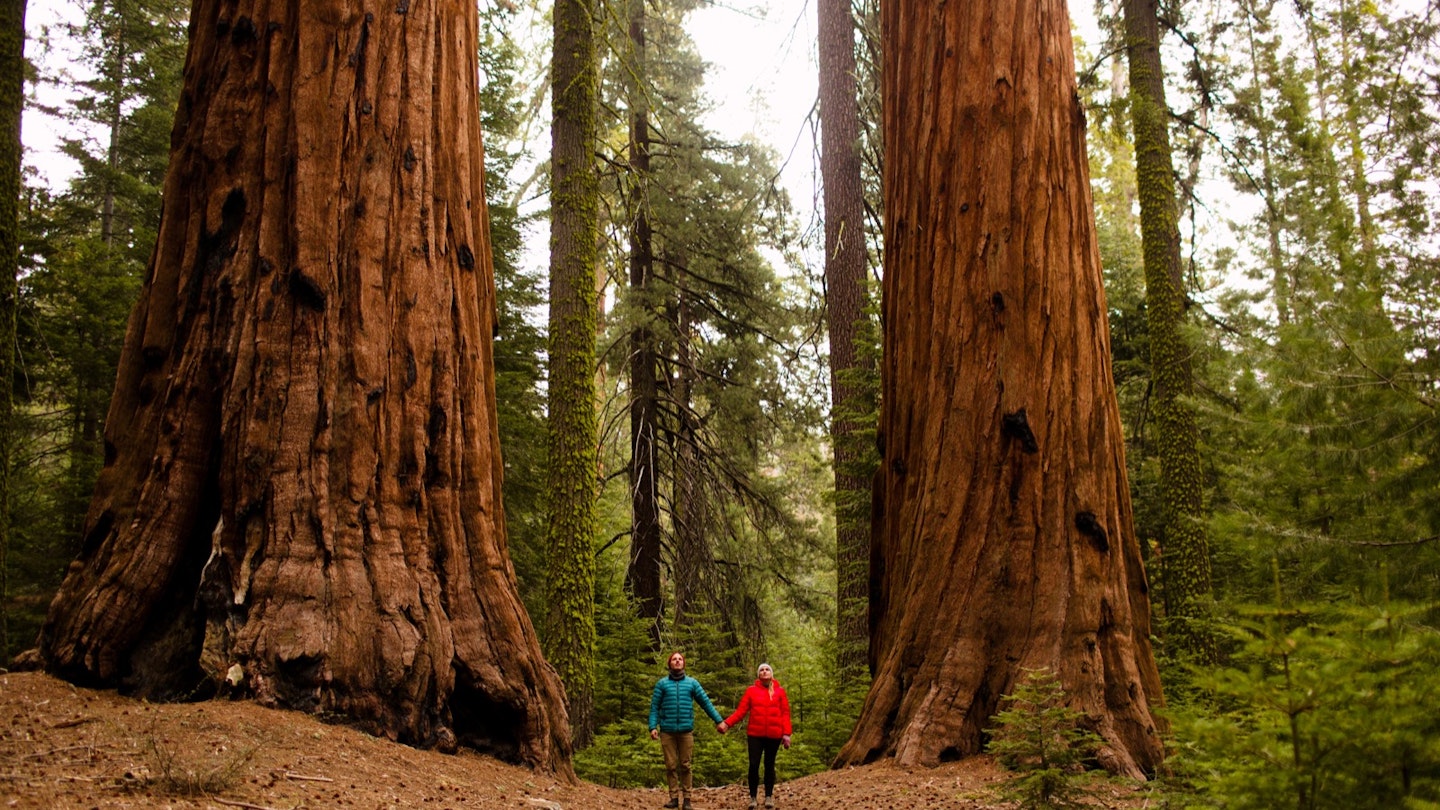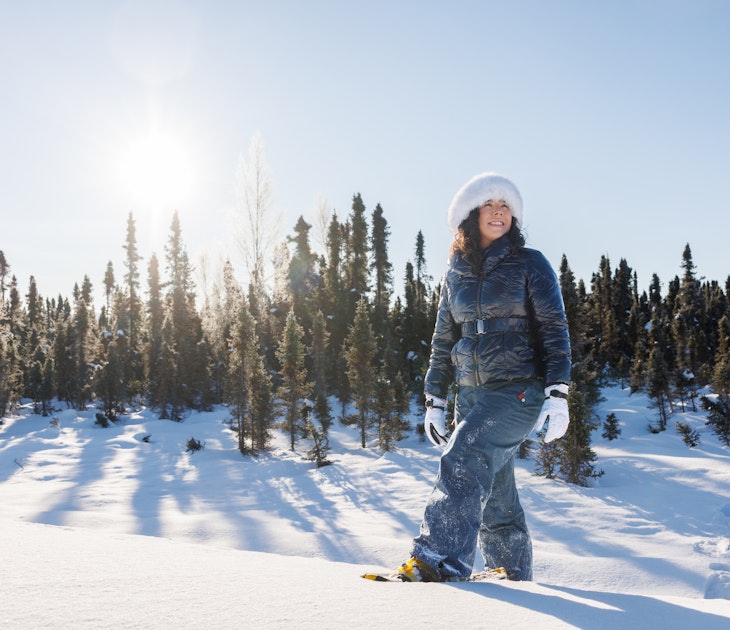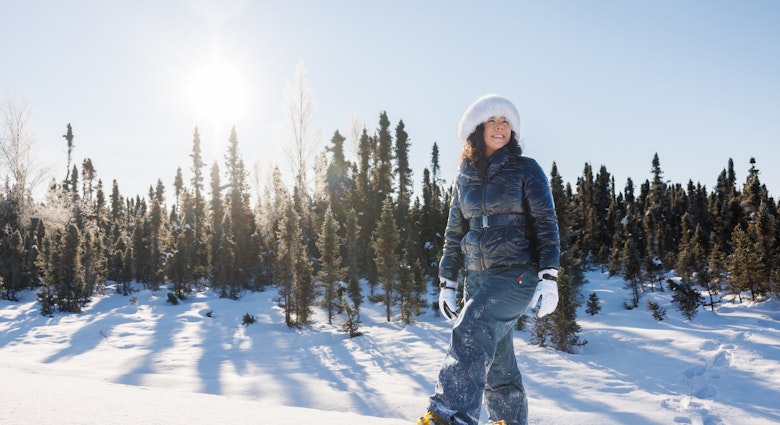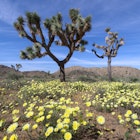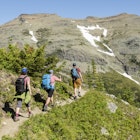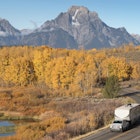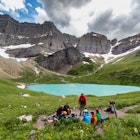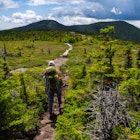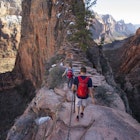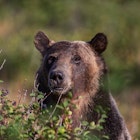Superlative natural wonders appear wherever you turn in the USA's national parks. Whether you're working on your bucket list – 'Climb North America's highest mountain!' – or just wanting to hug the world's largest living tree, you can explore nature's extreme outer limits at these record-setting US national parks.

Water, water everywhere
Looking for North America's highest waterfall? Head to California's Yosemite National Park, where the triple-decker cascade of Yosemite Falls tumbles 2425 ft into a glacially carved valley. One of the world's 10 highest waterfalls, Yosemite Falls swells in late spring, when melting snow from mountain peaks roars as it drops into the Yosemite Valley, which conservationist John Muir described as nature's temple.

Equally impressive wonders are the spouting geysers of Yellowstone National Park, shared between the states of Wyoming, Idaho and Montana. More geysers are found here than anywhere else on the planet, with superheated water from underground volcanic rocks bubbling to the surface in hot springs, fumaroles and roiling mud pots. Old Faithful, the park's most famous geyser, erupts more regularly than any other geyser on earth, spouting up to 8400 gallons of water over 100 feet high into the air every hour or two, day and night.
Closer to the West Coast lies the USA's deepest lake at Oregon's Crater Lake National Park. The astounding clarity of 1943ft-deep Crater Lake, formed by rainfall in an extinct volcanic caldera, will have you instantly reaching for your camera. Peer over the crater rim from roadside viewpoints or hike down to Cleetwood Cove, where you can catch a boat tour over to Wizard Island, the volcanic cinder cone popping up above the lake's surface that looks like an enchanted lost world.

From snowy peaks to hot badlands
With global climate change accelerating, you'd better hurry if you want to see North America's largest collection of glaciers. Of the 25 large glaciers remaining in Montana's Glacier National Park, several are expected to melt away by 2030. You're best off heading north to chilly Alaska, where Glacier Bay National Park and Wrangell-St Elias National Park are preserved as a UNESCO World Heritage Site. The number of glaciers there dating from the Little Ice Age – including a few record-breakers that flow for 75 miles or have grown to be 3000 feet thick – is uncountable.
Alaska also boasts the USA's tallest peak. At 20,030 feet high, Denali (Formerly Mt McKinley)– an Athabaskan word meaning 'The High One' – dominates the epic landscapes of Denali National Park. If you can't journey that far, California's Sequoia National Park offers the chance to climb Mt Whitney (14,505ft), the highest peak in the Lower 48 states. Towering over the Sierra Nevada range, Mt Whitney's summit – with its views of craggy granite peaks, not to mention head-spinning elevations – may take your breath away, literally. Sequoia National Park is also home the world's largest living tree, a giant sequoia that measures over 100 ft around.

Less than 140 miles from Mt Whitney you'll find the lowest elevation in North America: Badwater. Covering almost 200 square miles of Death Valley National Park, Badwater is one of the world's largest salt flats. Once a prehistoric lake, this arid spot now sits at an elevation of 282 feet below sea level. Death Valley also holds the unenviable record of being the hottest place in the USA, with the temperature at Furnace Creek hitting an excruciating 134 degrees Fahrenheit on July 10, 1913.
Here's some more hot stuff for you: Hawai’i Volcanoes National Park on the Big Island of Hawai'i protects what was the world's longest running continuous volcanic eruption since 1983 – it flowed for over 10,000 days until May 2018. The wonders of the lava lake and glowing flows might have stopped for now, but there's still plenty of otherworldly sights in this unique environment. You can see what the volcano is doing at the National Park Service's web site.

Where more wild wonders are
Hawaii Volcanoes National Park is famous for its walk-through lava tubes, too. But diehard spelunkers should head back to the mainland instead to Kentucky's Mammoth Cave National Park. There you can crawl inside the world's longest known cave system, a subterranean maze of chambers that measures almost 400 miles long. Like Carlsbad Caverns National Park in New Mexico, Mammoth Cave is a valuable hot spot for biodiversity and has been declared a World Heritage Site.
If the wonders of biodiversity really have you hooked, you'll want to fly south to Florida's Everglades National Park, another World Heritage Site and the largest subtropical wilderness in North America. Watch pink flamingos flock to its crystal bays and sharp-toothed crocodiles and alligators swim beside rivers of grass.
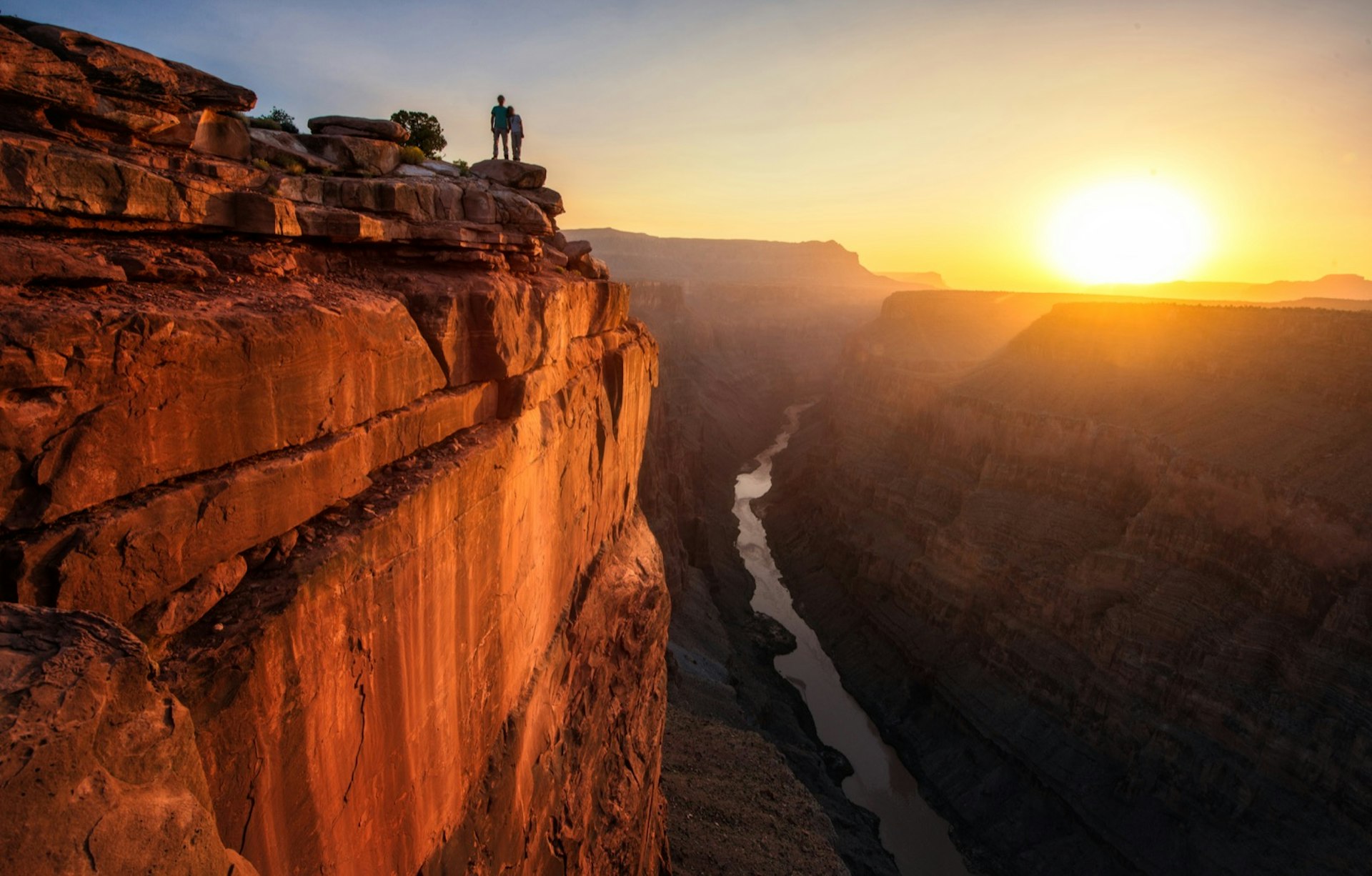
Otherwise, if going deep into the bowels of the earth is what fascinates you most, hit the road to Grand Canyon National Park. Though not North America's deepest canyon, it's the longest, winding for more than 275 miles along the Colorado River. Peering down into the canyon's pastel-painted depths at sunset from more than a mile high atop the rim is a view that's hard to beat.
This article was originally published in Oct 2012 and updated in July 2019.
https://shop.lonelyplanet.com/products/usas-national-parks-travel-guide-2?via=Z2lkOi8vbG9uZWx5LXBsYW5ldC9Xb3JrYXJlYTo6Q2F0YWxvZzo6Q2F0ZWdvcnkvNTllZTQ5YmRmOTJlYTE0MTg2MDU4Njg0
